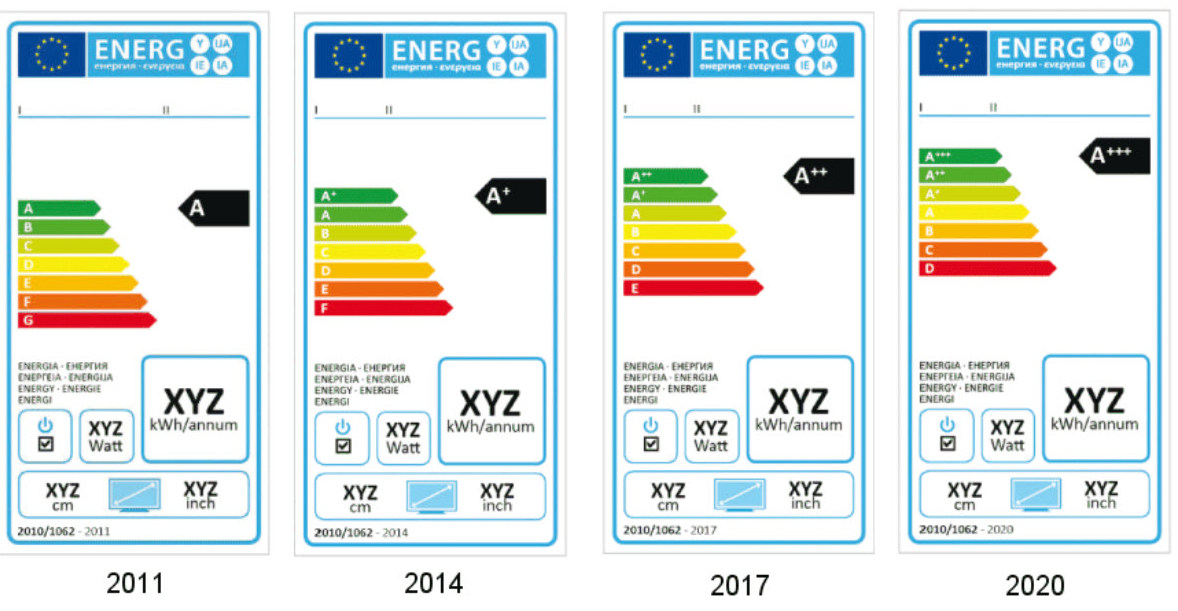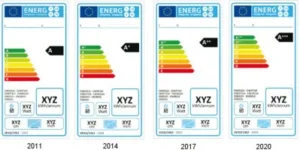I suddenly realised today that the reason I hadn’t heard from any of my Display Daily contributors about today’s column was that it was my turn. Oops! Anyway, I have learned over the years to keep notes if I have an idea for a topic and during CES, I thought of one. It’s about 8K.

In January, What HiFi in the UK made a review https://www.whathifi.com/reviews/samsung-qe65q900r that compared the new Samsung QE65Q900R ‘QLED’ TV which has 8K resolution to the flagship Q9FN UltraHD TV that Samsung had at the top of the range in 2018. The magazine was basically impressed (although it highlighted the lack of 8K content at the moment) but said that it thought that the colours were ‘lacking in vibrancy’ compared to last year’s model.
I was lucky enough to get a tour of the “Innovation zone” run by Samsung’s US TV group that highlighted the developments in the firm’s latest TVs. The technology on show was impressive, especially the use of AI technology for upscaling – a critical feature given the absence of 8K content available to users. The scaling technology also seems to do a good job in reducing noise and banding. I was also impressed with the improvements in viewing angle (although I have since heard from other sources that the optimised prism structure on the backlight which better collimates the light entering the LCD (at least, as I understand it), also tends to lead to a reduction in sharpness. Unfortunately, I didn’t hear about that issue until after I had been in the back room, so didn’t get a chance to ask about it. Anyway, getting back to colour…
I asked the technical people in the Innovation Zone about differences in colour performance, but staff were extremely reluctant to talk about the topic and quickly passed onto the signal processing.
I talked to some other companies in the TV supply chain and I was able to find another company that has bothered to measure the performance of the new sets. Their measurements show that the Q9FN had WCG support at 98% of DCI-P3 while the newer 65″ 8K set has 95% of P3. It’s unusual to see a company going down in colour performance, when the ‘Q’ in the QLED sub-brand is all about the colour performance. So, why might Samsung do this?
Look at the Power
The answer is clear from an inspection of the power performance of the TV. According to Samsung’s specification, the 65″ has a power consumption of 330W (about the same power consumption as a typical Samsung 75″ LCD TV) and that puts it into the EU’s ‘D’ energy consumption class, and that’s the lowest legal level of efficiency from 2020 (the range will then go from A+++ to D). At present, E level sets are still legal. The 330W is also double the level of Samsung’s 65″ UltraHD QE65Q9FNATXXU, for example.
Of course, if you can afford a 65″ 8K set, you probably don’t worry about the cost of the power, but it seems quite a negative trend to move back to the lowest level of legal power consumption.
 EU Energy Labels have gradually mandated better and better performance. For 2020, D is the lowest class.
EU Energy Labels have gradually mandated better and better performance. For 2020, D is the lowest class.
The higher power consumption is no surprise at all. The four times higher resolution will mean that the LCD panel will be significantly less efficient because it will have a much lower aperture ratio – that is to say, the area of the LCD that is transparent is reduced because there will be four times as many transistors and much more area in the black mask around each sub-pixel. I would also expect the signal and video processing to be more energy hungry as the chips to support 8K with low power consumption have yet to be available.
Because of the lower aperture ratio, the effiicacy (amount of light out for a given input) will be way down. One way to compensate for this is to make the colour filters less aggressive so that they let through a wider range of colours. However, the downside of that strategy would be a reduction in the colour gamut. Which, I suspect, is the reason that What HiFi was not impressed with the performance of the new set.
(I wrote a year and a half ago about the reasons why 8K was happening. It only makes sense, now, when you see it from the panel makers’ perspective 8K is Closer than You Think. My view hasn’t been changed in the period in-between). – BR

